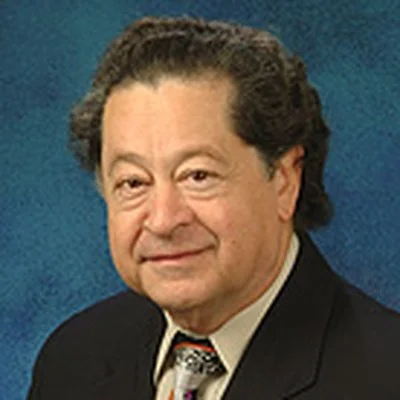Remembering Dr. Richard A. Gatti: Transforming Lives Through Science and Compassion
It is with profound sadness that we commemorate the passing of Dr. Richard A. Gatti, a pioneering physician-scientist at UCLA whose work reshaped the treatment of genetic immunodeficiencies and whose compassion touched generations of patients and families. Dr. Gatti’s medical career began in pediatrics, enriched by experiences that combined patient care with deep curiosity about the immune system. After training in Chicago and serving as a U.S. Army officer in Eritrea and Ethiopia, he pursued postdoctoral studies with Robert A. Good at the University of Minnesota—then the epicenter of emerging transplant immunology. In 1968, Dr. Gatti, working with Dr. Good and colleagues, co-authored a landmark report in The Lancet describing the first successful bone marrow transplantation in a 5 month old child with X-linked severe combined immunodeficiency (SCID) (Gatti et al., Lancet 1968).
For the first time, doctors observed durable immune reconstitution—both T and B cells—proving that an inherited immunodeficiency could be corrected by allogeneic hematopoietic cells. This success, published alongside a similar case of Wiskott–Aldrich syndrome (Bach et al., Lancet 1968), is universally recognized as the birth of curative transplantation for primary immunodeficiencies (Buckley, JACI 2004). This achievement remains one of medicine’s most profound milestones. It not only offered survival where none was possible, but also launched the discipline of bone marrow (now "hematopoietic stem cell") transplantation as a therapy for immunodeficiencies, cancers, and metabolic disorders. Dr. Gatti’s contribution to this daring and compassionate experiment forever changed the prospects of children born with fatal immune diseases. After joining UCLA in 1974, Dr. Gatti turned his focus to ataxia-telangiectasia, a rare genetic disease combining neurodegeneration, immunodeficiency, and cancer risk. His laboratory was instrumental in elucidating the role of the ATM gene and the mechanisms of DNA repair defects. He also co-founded the UCLA Molecular Diagnostics Laboratory in 1987, integrating molecular genetics into patient care. For decades, his NIH-funded projects and collaborations explored genotype-phenotype correlations, radiosensitivity, and innovative models such as iPSC-derived “disease-in-a-dish” systems to test therapeutic avenues. His work advanced not only fundamental knowledge but also the possibility of targeted therapies. In 2018, the global A-T community honored him with a Lifetime Achievement Award at the Ataxia-Telangiectasia Clinical Research Conference in Naples, Italy, praising his unwavering dedication to patients and families, and his mentorship of younger investigators. He was deeply loved by his patients and by his collaborators in Italy who cherished both his humanity and his original and creative thinking. For families facing rare genetic diseases, he was more than a researcher—he was a partner and advocate. He will be remembered as a pioneer and a mentor, who gave his life to the service of science and humanity.

